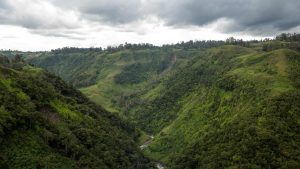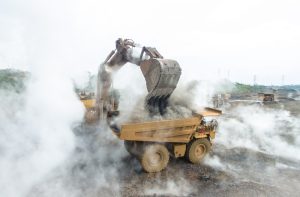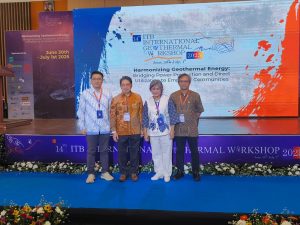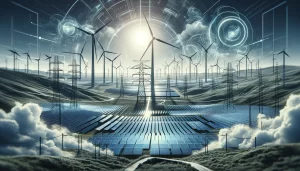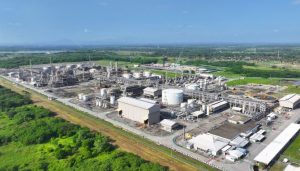EarthTalk®
From the Editors of E – The Environmental Magazine
Dear EarthTalk: Why are some people in the green building industry so bullish on bamboo?
— Tim Carey, Puyallup, WA
Bamboo, one of the fastest-growing plants on the planet, is well-known as a rudimentary building material used for many centuries. Today, although the resource is often limited to scaffolding or remote housing projects, advocates have recently rallied for its usage in modern construction. Bamboo can become an alternative to traditional building materials to combat growing greenhouse gas emissions in this industry, mitigating climate change with both economic benefits and sustainable qualities.
Contrary to popular belief, bamboo is a type of grass, not a tree, so it has a unique advantage as timber. While trees typically die after wood harvest and take decades to regrow, bamboo stalks can be continually harvested and regenerated without killing the plant, practically turning it into a limitless renewable resource. In addition, bamboo can match the sturdy properties of more resource-intensive substances. It withstands compression forces greater than concrete and has a tensile strength similar to steel.
What makes bamboo unique is its ability to fight climate change directly. Like most plants, bamboo absorbs carbon dioxide (CO2), the primary greenhouse gas, throughout its life, removing it from the atmosphere and storing it. Researchers at China’s Xihua University note that every cubic meter of bamboo structural components stores up to 187 kilograms of CO2 in its entire lifecycle. Bamboo can act as a long-lasting vault for emissions if harvested and utilised as a material.
“It’s a great way of taking carbon out of the environment and making sure it doesn’t get re-released,” Atelier One engineer Chris Matthews told Dezeen in 2023. “In general, the idea of bio-based materials where we are capturing carbon and locking it up in a building—that has to be the way forward.” Usually, industrially refining timber like tropical hardwood emits CO2 enough to offset the benefits of this carbon bio-capture, making the process carbon neutral. Bamboo, however, is different. Dutch researchers found that flattened bamboo’s carbon footprint (similar to tropical hardwood) is net-negative.
Bamboo isn’t perfect; Matthews admits it is “prone to fungal and insect attack.” Thus, researchers continue to engineer more effective products such as laminated bamboo, densely glued blocks of bamboo fibre and hybrid materials. Project Drawdown, which provides free climate solutions ideas and guides to facilitate the transition to a carbon-neutral world, sponsors projects implementing bamboo into degraded forestland to help mitigate climate change. Bamboo can become the future of sustainable construction. Bamboo’s renewability and carbon-sequestering abilities make it a more valuable building material.
CONTACTS: Designing with Bamboo for Superior Environmental & Human Health Impacts.
EarthTalk® is produced by Roddy Scheer & Doug Moss for the 501(c)3 nonprofit EarthTalk. See more at https://emagazine.com. To donate, visit https://earthtalk.org. Send questions to: question@earthtalk.org.
Banner photo: While trees die after harvest & take decades to regrow, bamboo stalks can be continually harvested & regenerated without killing the plant. Credit: Pexels.com.



